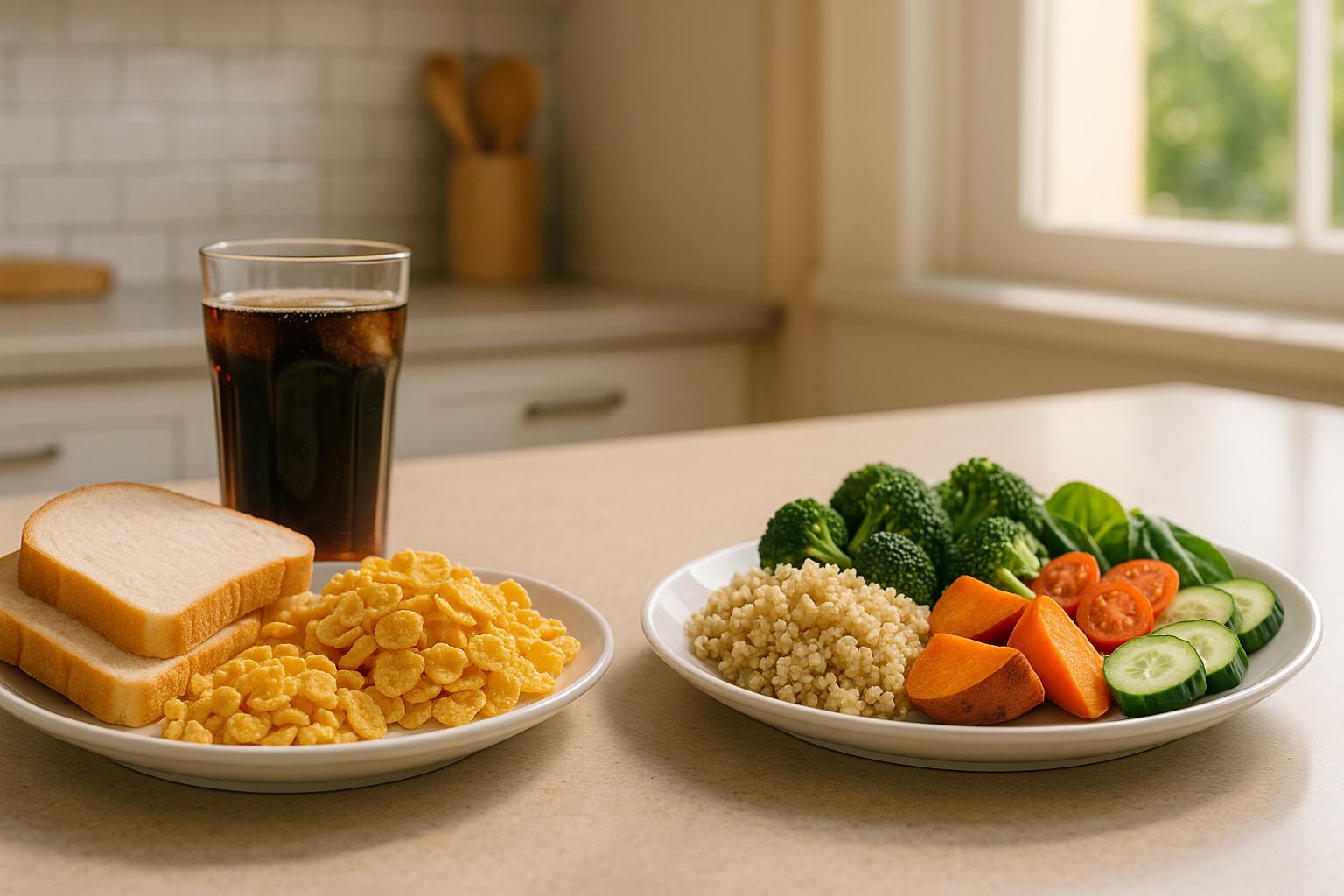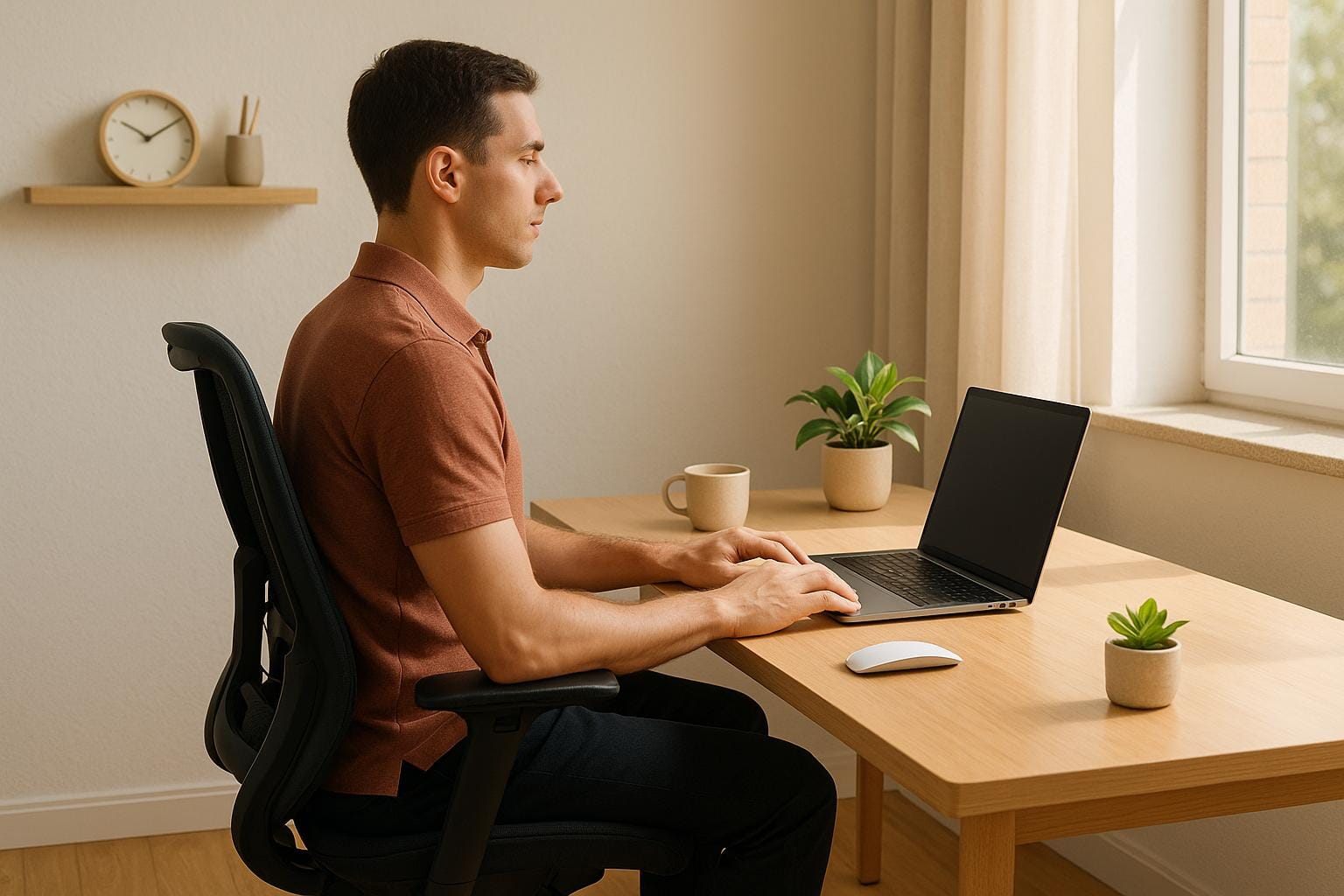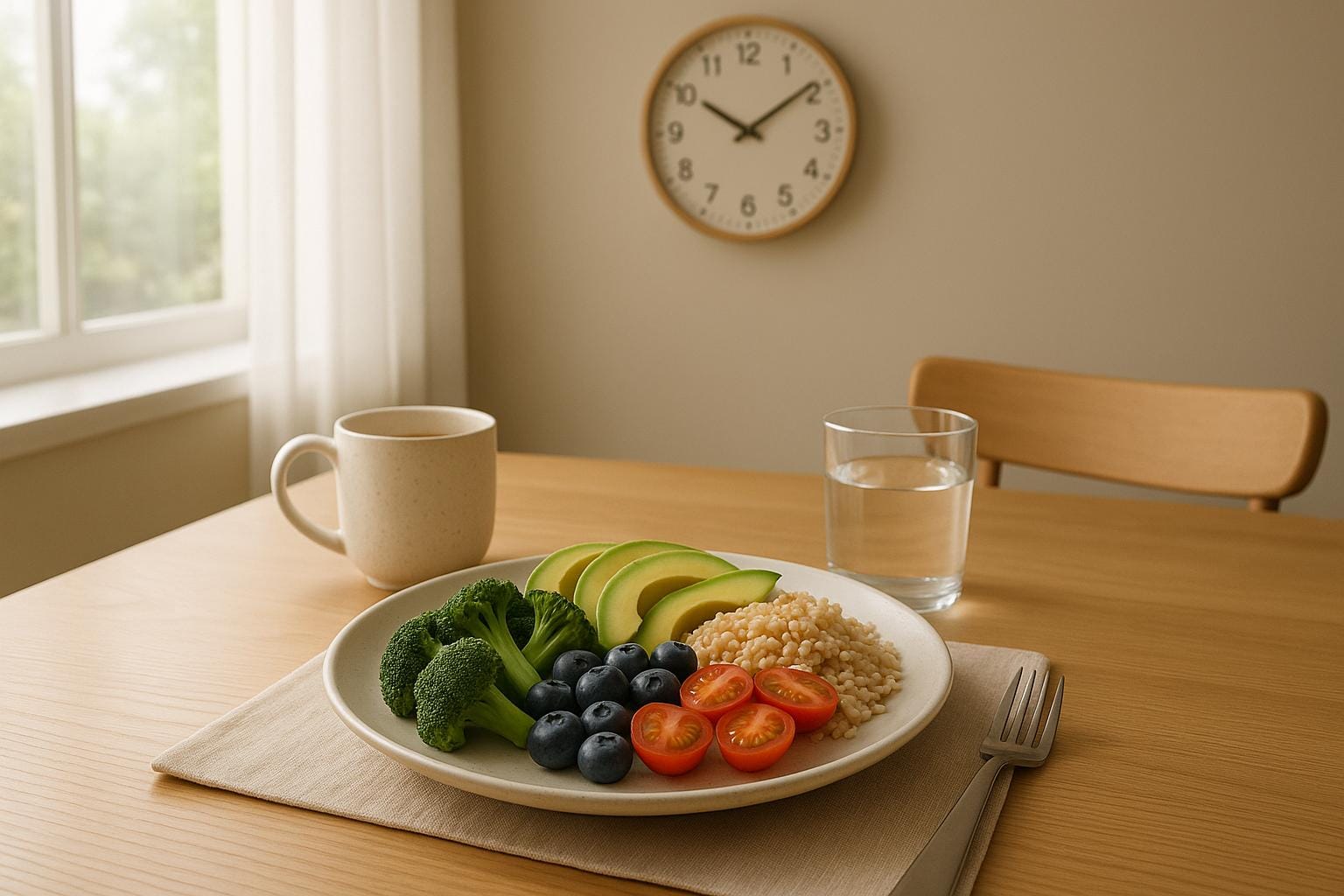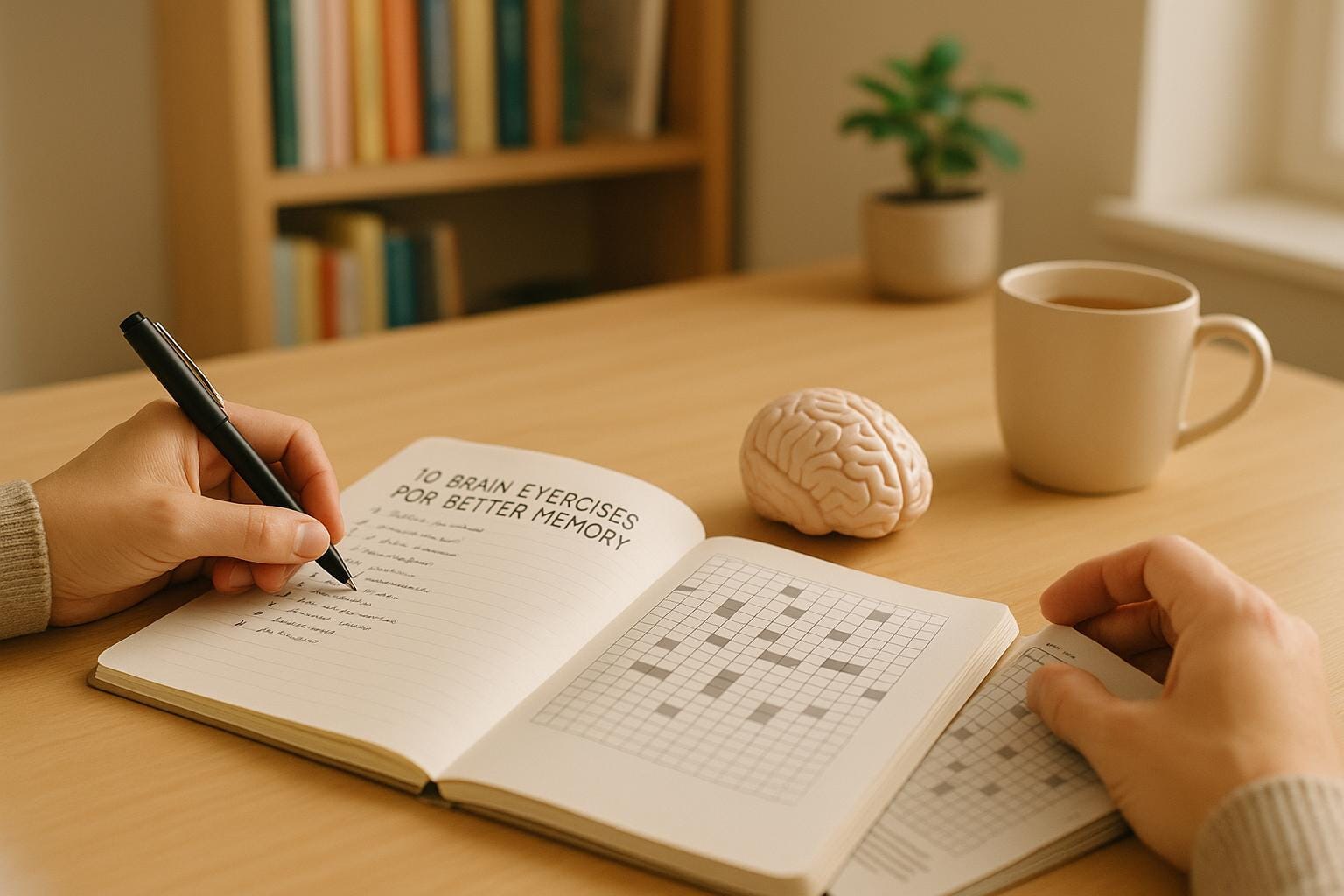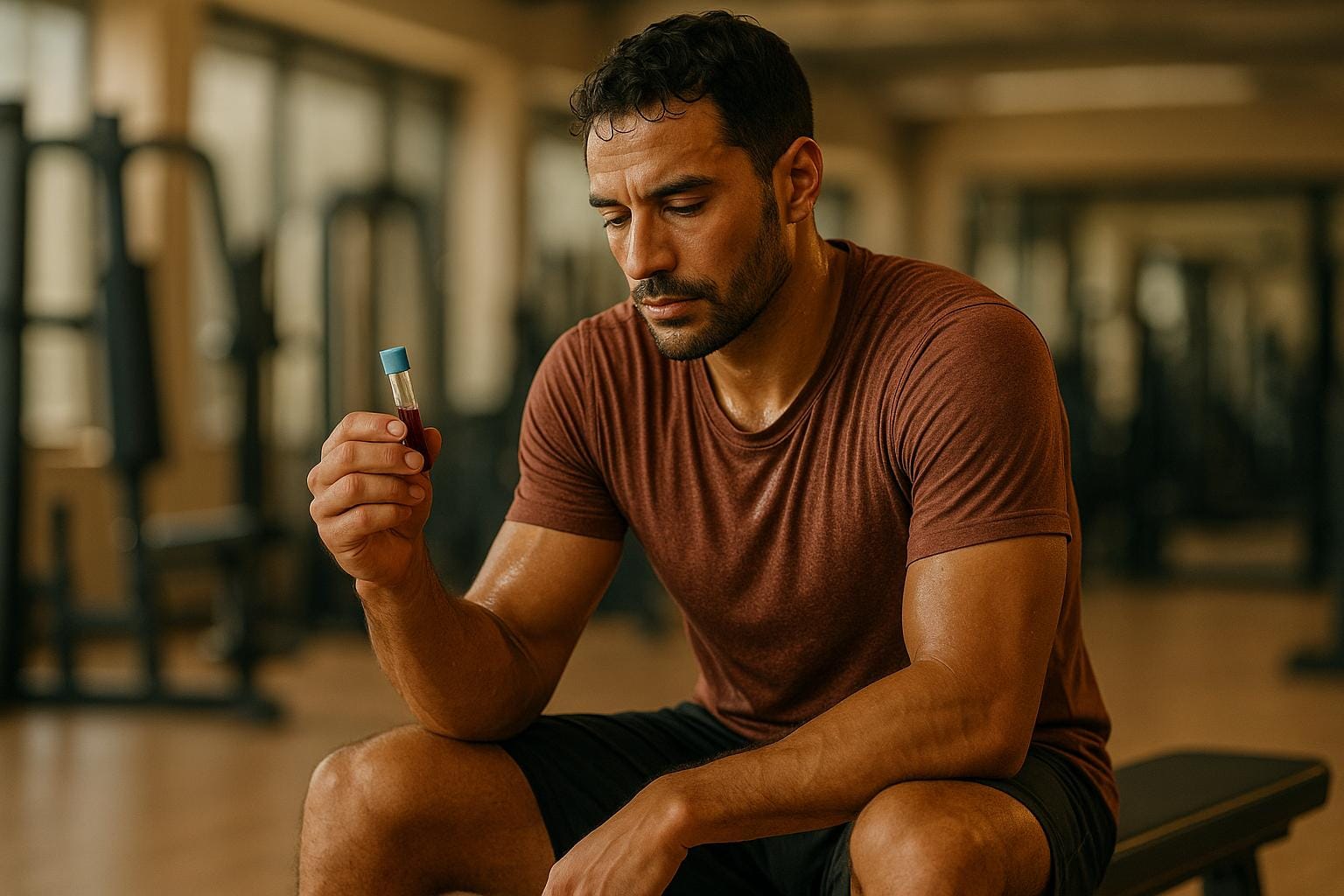Introduction to Mindful Yoga for Seniors
As we age, staying active is not just about maintaining physical strength—it’s also about preserving mental clarity, emotional balance, and overall wellness. Mindful yoga for seniors offers an integrated approach that combines gentle movement, deep breathing, and meditation to improve flexibility, balance, and stress reduction. This comprehensive guide provides practical tips and science-based strategies for older adults and those over 50 to remain agile, reduce tension, and embrace a youthful, healthy lifestyle. Whether you are new to yoga for older adults or have been practicing for years, these mindful yoga techniques can help you age gracefully and with enhanced mobility.
The Benefits of Mindful Yoga for Older Adults
Enhanced Flexibility and Improved Mobility
Regular yoga for flexibility increases the range of motion in your joints and muscles, making everyday activities easier. Enhanced flexibility not only improves posture but also helps reduce the risk of injuries and falls—two major concerns as you age. Research has shown that even gentle stretching routines can significantly boost mobility in seniors, making it an essential part of any healthy aging plan.
Improved Balance and Stability
One of the core benefits of mindful yoga for seniors is the improvement in balance and stability. Yoga poses challenge your equilibrium and build core strength, which is crucial for preventing falls. Enhanced balance is key to maintaining independence in older adults. With regular practice of gentle yoga and chair yoga modifications, you can train your body to become more stable and resilient.
Stress Reduction and Mental Clarity
Mindful yoga for mental clarity emphasizes deep breathing and meditation, which help lower cortisol levels and reduce overall stress. The practice of mindfulness not only brings calm to the mind but also sharpens concentration and focus. This integrated approach of yoga for mental health supports improved sleep quality, reduced anxiety, and a more positive mood, all of which are vital for healthy aging.
Holistic Well-Being and Anti-Aging Benefits
Beyond physical benefits, mindful yoga promotes holistic well-being by integrating mental, emotional, and physical health. Regular practice of anti-aging yoga can alleviate chronic pain, enhance cardiovascular health, and even boost immune function by reducing inflammation. These combined benefits lead to improved energy levels, better sleep quality, and a more balanced, vibrant lifestyle—making it one of the best exercise options for senior wellness.
Getting Started with Mindful Yoga: A Step-by-Step Guide
Preparing Your Yoga Space at Home
Creating a peaceful, dedicated space for your yoga practice for older adults is essential. Choose a quiet area in your home where you have enough room to move freely. Invest in a high-quality yoga mat and keep essential props—such as blocks, straps, and a cushion—within reach. A calm and organized environment not only enhances your focus but also supports safe and effective gentle yoga sessions.
Establishing a Regular Yoga Routine
Consistency is the key to unlocking the full benefits of mindful yoga for seniors. Aim to practice for at least 15–20 minutes daily. Here are some effective tips for establishing a sustainable routine:
- Set a Schedule: Choose a specific time each day for your yoga practice. Morning sessions can energize you for the day ahead, while evening routines may help you unwind and improve sleep quality.
- Start Small: Begin with basic, beginner-friendly poses and gradually progress to more challenging sequences as your flexibility and strength improve.
- Stay Accountable: Consider joining an online yoga community for seniors or signing up for a local class. Group classes, including chair yoga, can provide motivation and social support, which are essential for long-term adherence.
Choosing the Right Yoga Style for Healthy Aging
There are many types of yoga, and finding the style that suits your needs is crucial. For older adults and beginners, the following styles are particularly beneficial:
- Chair Yoga: Ideal for individuals with limited mobility or balance issues, chair yoga adapts traditional poses so they can be performed while seated, ensuring safety and accessibility.
- Hatha Yoga: This gentle style focuses on foundational poses and is perfect for beginners looking to build strength and flexibility gradually.
- Restorative Yoga: Emphasizing relaxation and deep stretching, restorative yoga uses props for support, allowing you to hold poses comfortably and release tension.
- Gentle Yoga: Combining slow movements with mindful breathing, gentle yoga offers both physical and mental benefits and is highly accessible for those over 50.
Essential Mindful Yoga Poses and Techniques for Older Adults
Below are some of the most effective yoga poses for seniors along with tips and modifications to maximize benefits and ensure safety:
1. Seated Forward Bend (Paschimottanasana)
Instructions:
Sit with your legs extended straight in front of you. Hinge forward at the hips and reach toward your feet while keeping your back straight.
Mindfulness Tip:
Focus on deep, steady breathing as you slowly deepen the stretch. Each exhale helps you release tension and relax the muscles.
Modifications:
If you cannot reach your feet comfortably, loop a yoga strap around your feet and gently pull yourself forward. This modification makes the pose accessible for all levels of flexibility.
2. Cat-Cow Pose (Marjaryasana/Bitilasana)
Instructions:
Begin on your hands and knees. Inhale as you arch your back into Cow Pose, and exhale as you round your spine into Cat Pose.
Mindfulness Tip:
Synchronize your breath with your movements, paying attention to the sensations in your spine as you flex and extend. This promotes relaxation and improves spinal mobility.
Modifications:
If you need extra cushioning, place a soft mat or cushion under your knees. Move slowly to prevent any discomfort.
3. Mountain Pose (Tadasana)
Instructions:
Stand tall with your feet hip-width apart. Ground through your feet, engage your core, relax your shoulders, and maintain an upright posture.
Mindfulness Tip:
Visualize roots growing from your feet into the ground, stabilizing your body and mind. Focus on your breath to create a sense of inner calm and strength.
Modifications:
If balance is challenging, practice near a wall or hold onto a sturdy chair to enhance stability.
4. Tree Pose (Vrksasana)
Instructions:
Stand on one leg and place the sole of your other foot on your inner thigh or calf (avoid the knee). Bring your hands together at your heart in Anjali Mudra.
Mindfulness Tip:
Fix your gaze on a stationary point to help maintain balance. This focus not only steadies your body but also sharpens your concentration.
Modifications:
For beginners, use a wall or chair for support. Over time, gradually reduce reliance on external support as your balance improves.
5. Warrior II Pose (Virabhadrasana II)
Instructions:
From a standing position, step one foot back and bend your front knee to 90 degrees. Extend your arms out to the sides, keeping your gaze over your front hand.
Mindfulness Tip:
Feel the strength in your legs and the expansion in your chest with every breath. Let the pose energize you while maintaining a steady focus.
Modifications:
If balancing is difficult, lower the back knee to the ground or use a chair for additional support.
6. Corpse Pose (Savasana)
Instructions:
Lie on your back with your arms relaxed at your sides and legs comfortably spread. Close your eyes and allow your entire body to relax completely.
Mindfulness Tip:
Focus solely on your breath and let go of any tension. This final relaxation is crucial for integrating the benefits of your practice and promoting deep rest.
Integrating Mindfulness Into Your Yoga Practice
Deep Breathing Techniques for Stress Relief
Mindful breathing is the cornerstone of mindful yoga for seniors. Techniques such as diaphragmatic breathing and the 2:1 breathing ratio (inhale for a count of 3, exhale for a count of 6) help calm the nervous system and reduce stress. Practicing these techniques both during yoga sessions and in everyday life can lead to improved mood, better sleep, and lower anxiety.
Meditation and Visualization
Integrate brief meditation sessions into your yoga practice to enhance mental clarity. Even 5 minutes of meditation can significantly reduce stress levels and promote a sense of calm. Visualization exercises—such as imagining a serene natural landscape—can deepen your relaxation and make your yoga practice more enjoyable.
Daily Stretch Breaks for Enhanced Flexibility
For those with busy schedules, incorporating short stretching breaks into your day is essential. Aim for three 5-minute sessions of gentle stretching throughout the day. These mini-sessions not only boost flexibility but also reduce muscle tension accumulated from prolonged sitting or sedentary activities.
Overcoming Common Challenges in Yoga for Older Adults
Managing Physical Limitations Safely
It is natural to encounter challenges when starting a new exercise routine, especially if you have existing health conditions such as arthritis or osteoporosis. The key is to modify poses and use props—such as chairs, blocks, or straps—to support your practice. Always listen to your body and avoid pushing yourself into discomfort. Remember, the goal is gradual improvement in flexibility and balance, not immediate perfection.
Staying Motivated with a Consistent Practice
Building a consistent yoga routine can be challenging. Here are some tips to help you stay motivated:
- Join a Yoga Community: Enroll in a local class or join an online group dedicated to yoga for seniors. Social interaction can enhance accountability and provide extra motivation.
- Set Realistic Goals: Start with small, achievable targets—such as 10 minutes of yoga per day—and gradually increase the duration as you build confidence.
- Celebrate Progress: Keep a yoga journal to track improvements in flexibility, balance, and mood. Celebrating these small wins can boost your motivation to continue practicing.
Additional Benefits of Mindful Yoga for Healthy Aging
Physical Health Improvements
- Better Joint Health: Regular stretching through yoga helps maintain the range of motion in your joints and reduces stiffness.
- Enhanced Circulation: Deep breathing and gentle movements improve blood flow, benefiting cardiovascular health.
- Stronger Muscles: Even gentle resistance during yoga poses contributes to building and maintaining muscle strength without causing strain.
Mental and Emotional Health Benefits
- Reduced Stress and Anxiety: Mindful yoga lowers cortisol levels, helping reduce stress and create a calmer mental state.
- Improved Mood: The practice increases endorphin levels, leading to a more positive outlook and greater mental clarity.
- Enhanced Cognitive Function: Mindfulness and meditation during yoga improve focus, memory, and overall cognitive health.
- Social Engagement: Group yoga classes foster a sense of community, reducing loneliness and enhancing social well-being.
Conclusion
Mindful yoga for seniors is a transformative practice that promotes both physical and mental well-being. By integrating gentle yoga poses, deep mindful breathing, and meditation into your daily routine, you can improve flexibility, enhance balance, and reduce stress—all key factors for healthy aging. Whether you choose chair yoga, Hatha yoga, or restorative yoga, this practice can be tailored to suit your unique needs and physical abilities.
Create a dedicated yoga space in your home, establish a regular routine, and choose the yoga style that works best for you. With consistency, proper modifications, and a focus on mindfulness, you can enjoy the many benefits of yoga—staying limber, staying young, and living a vibrant, stress-free life.
Embrace mindful yoga today and let each deep breath and every stretch bring you closer to optimal health and longevity. Start your journey now, and discover how a little mindful movement can transform your life as you age gracefully.




